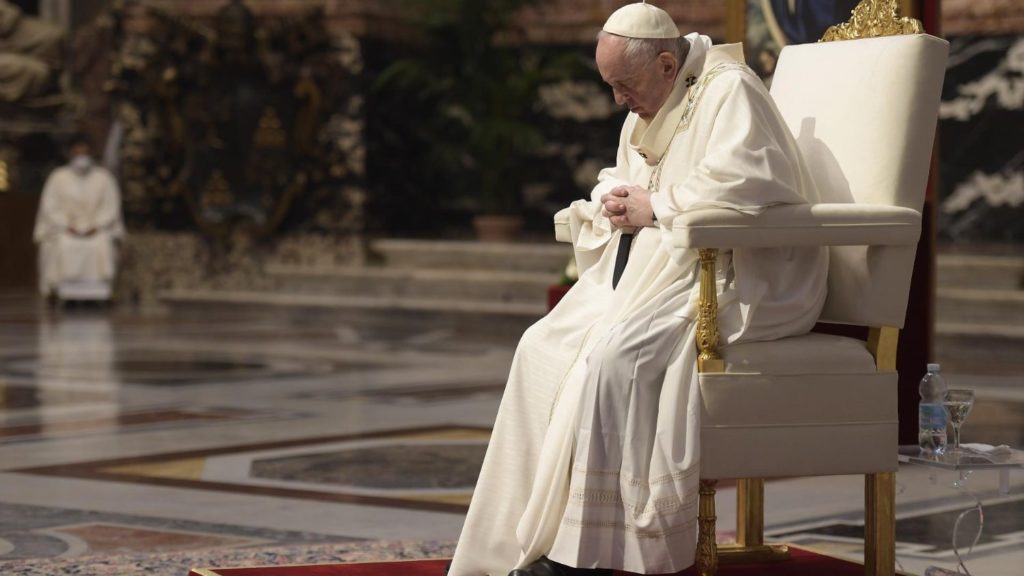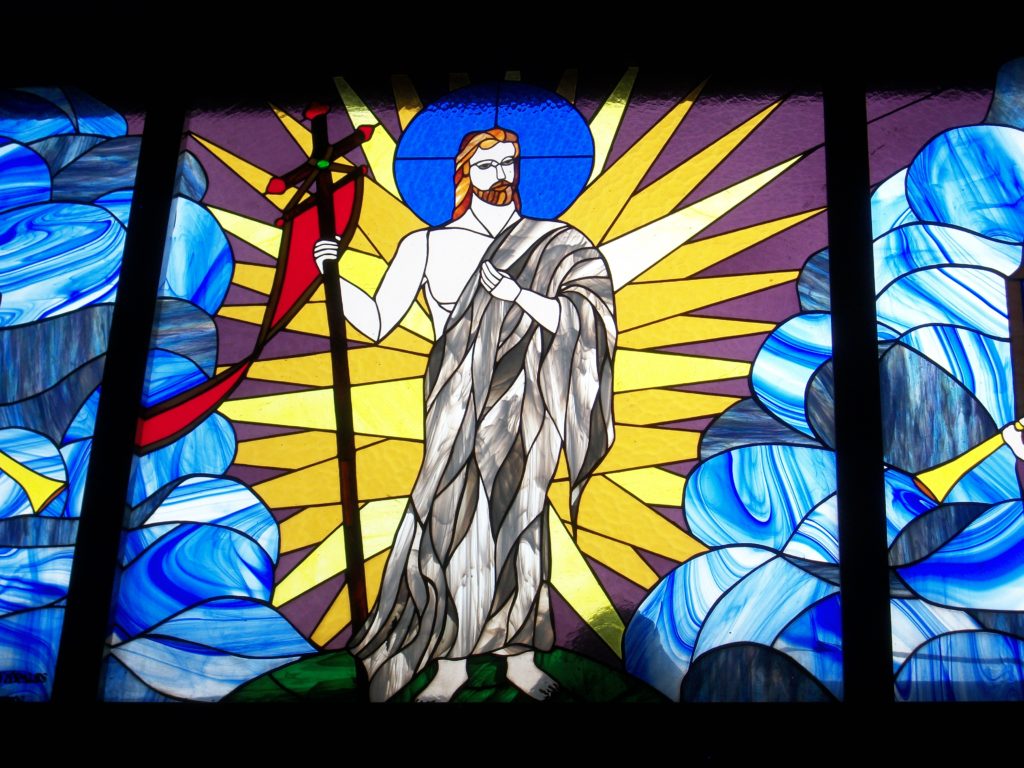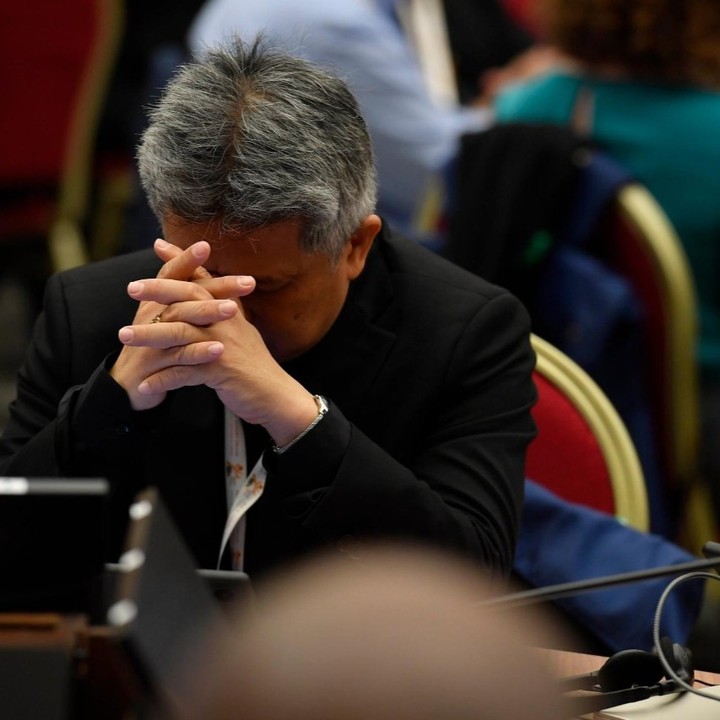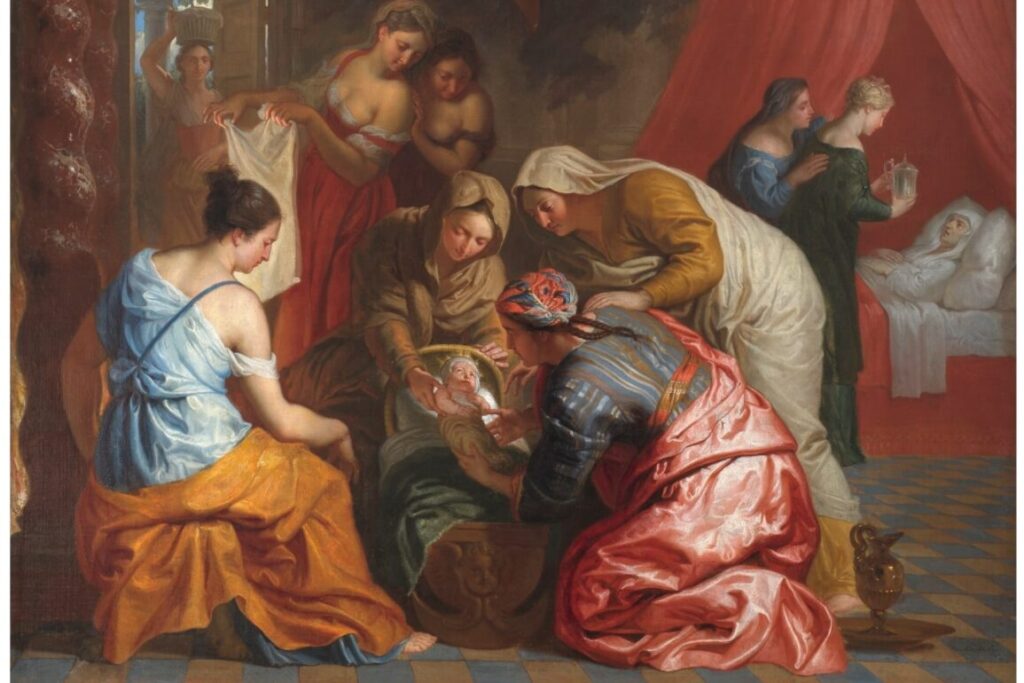Here Is Pope’s Apostolic Letter “Traditionis Custodes” on Use of Roman Liturgy Prior To 1970 Reform
Full Text of Apostolic Letter Issued 'Motu Proprio'

Pope Francis promulgated the Apostolic Letter in the form of a motu proprio ‘Traditionis custodes’ today, July 16, 2021.
Below is the full Vatican-provided English text of Pope Francis’ Apostolic Letter explaining the modifications which give more power to the world’s bishops.
Moreover, Pope Francis issued separately another letter to the world’s bishops explaining his reasons for enacting this motu proprio and all the history and input over the years which has prompted his decision, a decision which he explains is intended to promote unity in the Church and minimize division.
Here is the Apostolic Letter:
Pope’s Motivations for Issuing Motu Proprio ‘Traditionis Custodes’
***
APOSTOLIC LETTER
ISSUED “MOTU PROPRIO”
BY THE SUPREME PONTIFF
FRANCIS
“TRADITIONIS CUSTODES”
ON THE USE OF THE ROMAN LITURGY PRIOR TO THE REFORM OF 1970
Guardians of the tradition, the bishops in communion with the Bishop of Rome constitute the visible principle and foundation of the unity of their particular Churches.[1] Under the guidance of the Holy Spirit, through the proclamation of the Gospel and by means of the celebration of the Eucharist, they govern the particular Churches entrusted to them.[2]
In order to promote the concord and unity of the Church, with paternal solicitude towards those who in any region adhere to liturgical forms antecedent to the reform willed by the Vatican Council II, my Venerable Predecessors, Saint John Paul II and Benedict XVI, granted and regulated the faculty to use the Roman Missal edited by John XXIII in 1962.[3] In this way they intended “to facilitate the ecclesial communion of those Catholics who feel attached to some earlier liturgical forms” and not to others.[4]
In line with the initiative of my Venerable Predecessor Benedict XVI to invite the bishops to assess the application of the Motu Proprio Summorum Pontificum three years after its publication, the Congregation for the Doctrine of the Faith carried out a detailed consultation of the bishops in 2020. The results have been carefully considered in the light of experience that has matured during these years.
At this time, having considered the wishes expressed by the episcopate and having heard the opinion of the Congregation for the Doctrine of the Faith, I now desire, with this Apostolic Letter, to press on ever more in the constant search for ecclesial communion. Therefore, I have considered it appropriate to establish the following:
Art. 1. The liturgical books promulgated by Saint Paul VI and Saint John Paul II, in conformity with the decrees of Vatican Council II, are the unique expression of the lex orandi of the Roman Rite.
Art. 2. It belongs to the diocesan bishop, as moderator, promoter, and guardian of the whole liturgical life of the particular Church entrusted to him,[5] to regulate the liturgical celebrations of his diocese.[6] Therefore, it is his exclusive competence to authorize the use of the 1962 Roman Missal in his diocese, according to the guidelines of the Apostolic See.
Art. 3. The bishop of the diocese in which until now there exist one or more groups that celebrate according to the Missal antecedent to the reform of 1970:
§ 1. is to determine that these groups do not deny the validity and the legitimacy of the liturgical reform, dictated by Vatican Council II and the Magisterium of the Supreme Pontiffs;
§ 2. is to designate one or more locations where the faithful adherents of these groups may gather for the eucharistic celebration (not however in the parochial churches and without the erection of new personal parishes);
§ 3. to establish at the designated locations the days on which eucharistic celebrations are permitted using the Roman Missal promulgated by Saint John XXIII in 1962.[7] In these celebrations the readings are proclaimed in the vernacular language, using translations of the Sacred Scripture approved for liturgical use by the respective Episcopal Conferences;
§ 4. to appoint a priest who, as delegate of the bishop, is entrusted with these celebrations and with the pastoral care of these groups of the faithful. This priest should be suited for this responsibility, skilled in the use of the Missale Romanum antecedent to the reform of 1970, possess a knowledge of the Latin language sufficient for a thorough comprehension of the rubrics and liturgical texts, and be animated by a lively pastoral charity and by a sense of ecclesial communion. This priest should have at heart not only the correct celebration of the liturgy, but also the pastoral and spiritual care of the faithful;
§ 5. to proceed suitably to verify that the parishes canonically erected for the benefit of these faithful are effective for their spiritual growth, and to determine whether or not to retain them;
§ 6. to take care not to authorize the establishment of new groups.
Art. 4. Priests ordained after the publication of the present Motu Proprio, who wish to celebrate using the Missale Romanum of 1962, should submit a formal request to the diocesan Bishop who shall consult the Apostolic See before granting this authorization.
Art. 5. Priests who already celebrate according to the Missale Romanum of 1962 should request from the diocesan Bishop the authorization to continue to enjoy this faculty.
Art. 6. Institutes of consecrated life and Societies of apostolic life, erected by the Pontifical Commission Ecclesia Dei, fall under the competence of the Congregation for Institutes of Consecrated Life and Societies for Apostolic Life.
Art. 7. The Congregation for Divine Worship and the Discipline of the Sacraments and the Congregation for Institutes of Consecrated Life and Societies of Apostolic Life, for matters of their particular competence, exercise the authority of the Holy See with respect to the observance of these provisions.
Art. 8. Previous norms, instructions, permissions, and customs that do not conform to the provisions of the present Motu Proprio are abrogated.
Everything that I have declared in this Apostolic Letter in the form of Motu Proprio, I order to be observed in all its parts, anything else to the contrary notwithstanding, even if worthy of particular mention, and I establish that it be promulgated by way of publication in “L’Osservatore Romano”, entering immediately in force and, subsequently, that it be published in the official Commentary of the Holy See, Acta Apostolicae Sedis.
Given at Rome, at Saint John Lateran, on 16 July 2021, the liturgical Memorial of Our Lady of Mount Carmel, in the ninth year of Our Pontificate.
FRANCIS
________________________
[1] Cfr Second Vatican Ecumenical Council, Dogmatic Constitution on the Church “Lumen Gentium”, 21 november 1964, n. 23 AAS 57 (1965) 27.
[2] Cfr Second Vatican Ecumenical Council, Dogmatic Constitution on the Church “Lumen Gentium”, 21 november 1964, n. 27: AAS 57 (1965) 32; Second Vatican Ecumenical Council, Decree concerning the pastoral office of bishops in the Church “Christus Dominus”, 28 october 1965, n. 11: AAS 58 (1966) 677-678; Catechism of the Catholic Church, n. 833.
[3] Cfr John Paul II, Apostolic Letter given Motu proprio “Ecclesia Dei”, 2 july 1988: AAS 80 (1988) 1495-1498; Benedict XVI, Apostolic Letter given Motu proprio “Summorum Pontificum”, 7 july 2007: AAS 99 (2007) 777-781; Apostolic Letter given Motu proprio “Ecclesiae unitatem”, 2 july 2009: AAS 101 (2009) 710-711.
[4] John Paul II, Apostolic Letter given Motu proprio “Ecclesia Dei”, 2 july 1988, n. 5: AAS 80 (1988) 1498.
[5] Cfr Second Vatican Ecumenical Council, Costitution on the sacred liturgy “Sacrosanctum Concilium”, 4 december 1963, n. 41: AAS 56 (1964) 111; Caeremoniale Episcoporum, n. 9; Congregation for Divine Worship and the Discipline of the Sacrament, Instruction on certain matters to be observed or to be avoided regarding the Most Holy Eucharist “Redemptionis Sacramentum”, 25 march 2004, nn. 19-25: AAS 96 (2004) 555-557.
[6] Cfr CIC, can. 375, § 1; can. 392.
[7] Cfr Congregation for the Doctrine of the Faith, Decree “Quo magis” approving seven Eucharistic Prefaces for the forma extraordinaria of the Roman Rite, 22 february 2020, and Decree “Cum sanctissima” on the liturgical celebration in honour of Saints in the forma extraordinaria of the Roman Rite, 22 february 2020: L’Osservatore Romano, 26 march 2020, p. 6.
[01014-EN.01] [Original text: Italian]
Related

Easter: Mystery of Freedom
Carlos J. Gallardo
20 April, 2025
5 min

Synodality in Action: A Path of Renewal for the Church and the World
Exaudi Staff
29 October, 2024
2 min

Dilexit Nos
Exaudi Staff
24 October, 2024
153 min

Nativity of the Virgin Mary: Fulfillment of promises
Gonzalo Martín
08 September, 2024
3 min
 (EN)
(EN)
 (ES)
(ES)
 (IT)
(IT)

